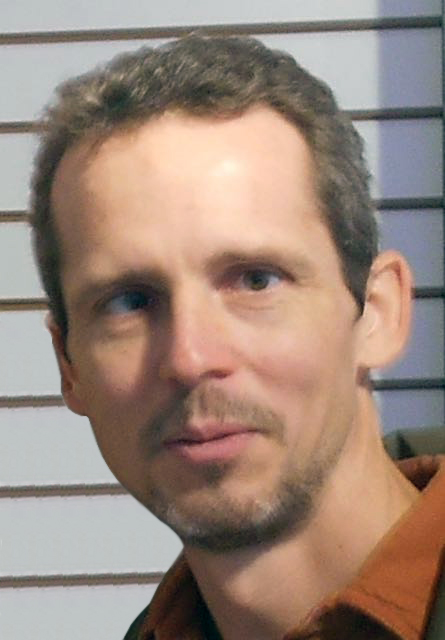“When wearing a mask, most of us breathe with our upper chest muscles and with our mouth open,” states Children’s Minnesota on their website. While the hospital admits this can cause “increased stress and anxiety” there are other more long-lasting concerns.
According to a paper, in the peer-reviewed journal General Dentistry, “children’s whose mouth breathing is untreated” may develop the following deformities:
- long, narrow faces
- narrow mouths
- high palatal vaults
- misalignment between the teeth of the two dental arches
- gummy smiles
As well as “many other unattractive facial features.”
Yet, how many children are being taught how to breathe while wearing a mask? Instead, many (if not most) are sucking in air through their mouth, as an instinctual reaction to the rise in carbon dioxide. This lowers the position of their tongue, which is key factor in normal facial development.
As the author of the paper, Dr. Yosh Jefferson, DMD, states: “If mouth breathing is treated early, its negative effect on facial and dental development and the medical and social problems associated with it can be reduced or averted.”
Instead, face masks may very well exacerbate the problem leading to a generation of deformed children. Because, it’s not just the mouth breathing. How will a growing face and two developing ears respond to a muzzle stretched around it for hours each day?
And, for what? There is no proof masks are effective at stopping infection. And, even if they were, children are practically immune from COVID-19 (a deadly disease that oddly focuses on old people who were on the verge of dying already).
But don’t worry, kids, if you grow up with an odd looking face all you have to do is… keep wearing your mask. No one will notice.
Facial deformities: Yet another reason to stop the masking madness.

 About the Author: John C. A. Manley is the author of the full-length novel, Much Ado About Corona: Dystopian Love Story. He is currently working on the sequel, Brave New Normal, while living in Stratford Ontario, with his wife Nicole and son Jonah. You can
About the Author: John C. A. Manley is the author of the full-length novel, Much Ado About Corona: Dystopian Love Story. He is currently working on the sequel, Brave New Normal, while living in Stratford Ontario, with his wife Nicole and son Jonah. You can 